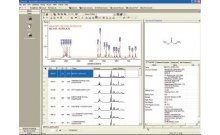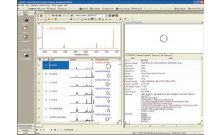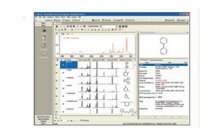ADMETox预测_一致性模型
By combining models, a better prediction is achieved. Predictably.
The Problem.
In drug discovery, there are many types of property prediction models used for in silico ADME/Tox evaluation, including log P, water solubility, blood brain barrier penetration, mutagenicity, and others. By definition all models are simulations of reality. Any single model used for in silico ADME/Tox prediction, therefore, will never be completely accurate.
The Solution.
With Bio-Rad's KnowItAll Informatics System, multiple predictive models can be combined as a single consensus model to achieve the most accurate predictions. The system can be trained for optimal results in a current project and later retrained for other projects. As a result, the researcher can produce results that are superior to any single model. Predictably.
What is Consensus Modeling?
Consensus Modeling is by no means a new concept. It is, however, a new development in the context of commercially available software.
con·sen·sus n. 1. An opinion or position reached by a group as a whole. 2. General agreement or accord.
Two types of consensus models are available in KnowItAll: real variable and Boolean variable.
Real Variables - For real variable consensus models, a weighted average of the individual models is used. A real variable consensus model in KnowItAll is trained against a set of experimental results of the user's choice. By comparing the actual values to the results predicted for each individual model, the software can mathematically compare the models and create a weighted average that most closely matches the experimental reality. The weighted average consensus model can then be used to screen large libraries of compounds in batch mode.
Boolean Variables - Boolean variable consensus models work with predictors that classify compounds into one of two classes, for example, mutagenic or non-mutagenic. Several methods are available for combining the True/False outputs of each model to provide the most accurate classification prediction.




